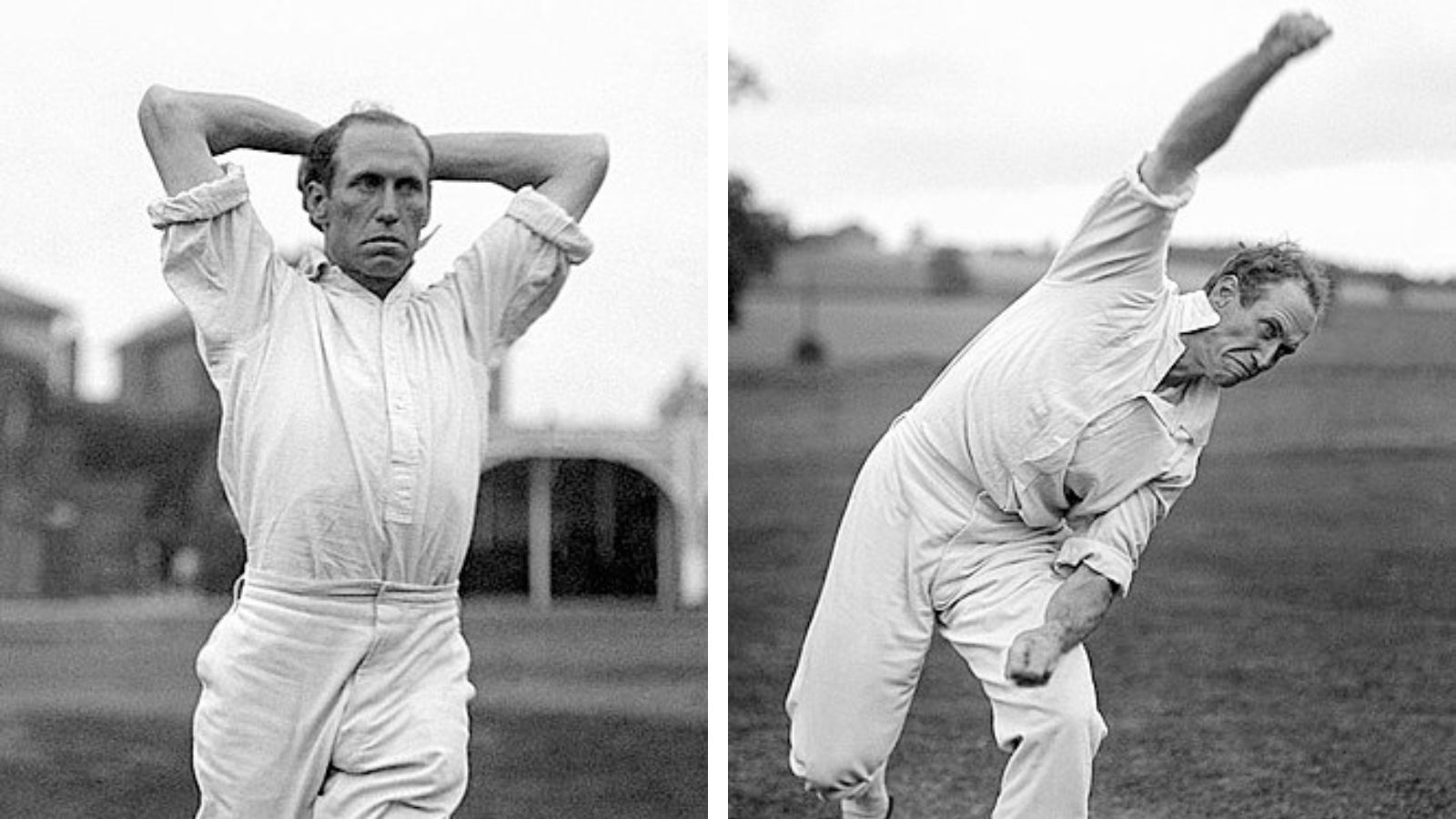Immigrants, either recent or first-generation, make up the USA squad for their maiden World Cup at home. But once upon a time, before baseball and basketball became national pursuits, the Americans had produced one of the finest all-rounders in the world, popular enough to be recognised in England – John Bart King.
The seam-bowling all-rounder’s exploits during the tours by Philadelphians — a team that was accorded first-class status until WWI — nearly earned his country Test status in 1912, before, after much deliberation, it was awarded to the West Indies.
Those who had watched him vouch for his prowess. Former England batsman and writer, CB Fry, called him “The best swerver I ever saw in my life.” Fry himself had felt the pinch. The story goes that Fry asked King to send down a few balls in the nets. King obliged, and bowled him his in-swinger which Fry learnt to play. But when Fry came to the crease, he shaped for the same type of delivery. But it hooped away and he nicked to slip. King had slipped in his lethal out-swinger.
He swung the ball both ways at a serious pace. The speciality was the nip-backer, what he called an angler. His action was, the chroniclers say, unusual, though within legal bounds. “His arm was unusually high and the ball almost leapt from the skies,” a Sussex Post report chronicled. Early schooling in baseball — before a millworker introduced him to the thrills of cricket — could have had a say in that. Those days, almost every one bowled with a side-on action.
Match-winner
King snared wickets (415 in 65 games) in heaps — three times bagged all 10 in an innings, once against Ireland in 1909 — and at a thrifty average of 15.66. Local chroniclers estimate his wicket-tally to be 2088.
When the mood seized him, he could be a brutal hitter too. The numbers are modest — 2,194 runs at 20.51 — but he once racked 344 runs in two sessions at the Merion CC Pavilion. His golden hour came when he bowled Philadelphia to a two-run win over the Australians stopping by after the tour of England in 1912. In the one-innings Test, he took nine for 78 and scored 39 runs. By that time, he was on the cusp of his 40s. In his prime, in 1887, he had blown a Sussex side singlehandedly (the legendary Ranji for a first-ball duck, by picking 12 wickets, hatching Philadelphians’ first win on English soil.


“Certainly one of the six leading bowlers in the world of all time, and arguably the best,” wrote historian Rowland Bowen. “Without question the finest all-round cricketer ever produced in America,” wrote his contemporary, John Lester.
He played well into his 50s, even though first-class cricket had died in his country. By the time he passed away, aged 91, in 1965, the sport had vanished from his country’s consciousness, although his dates of birth and death are still faithfully reprinted each year in Wisden.
© IE Online Media Services Pvt Ltd
First uploaded on: 29-05-2024 at 19:59 IST

